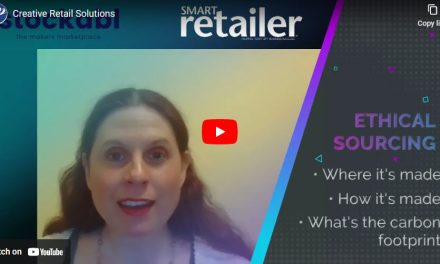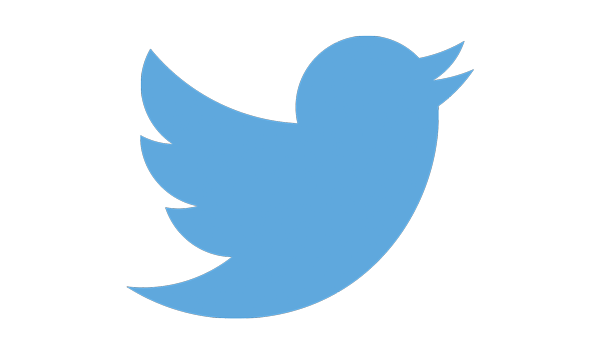Getting new customers will cost money. Develop your customer service, experience, selection, and prices to offset the cost of bringing people into your site or shop.
The only way to know that is research. Specifically, understand:
• Conversion rate – for every person who comes to your site or shop, how many complete a sale? Tracking this can be as simple as using a clicker during selected time periods to count store entrances and compare them to transaction counts over the same time period.
• Average revenue per transaction – how much is the average sale? (A simple POS report)
• Average margin dollars per transaction – How much profit do you make on the average sale? (A simple POS report)
• Customer repurchase cycle – How frequently do customers revisit your site or shop? Once a quarter? Once per year? (a more difficult loyalty measurement.)
• Annual value of a customer – The average margins times the return frequency per year.
• Annual churn rate – What percent of customers don’t return in a year (a more difficult loyalty measurement)
From these measurements, you can start to create a customer acquisition budget. If your average transaction yields $15 in margin and your return rate is 2x/year, each new customer is worth around $30 per year.
If the average conversion rate is 33% (for every three people who enter, one makes a purchase), your acquisition breakeven cost is $10 per new shopper per year. If you understand the response rate for various vehicles (total visitors divided by the total circulation), you can pinpoint the investment per medium to get enough shoppers to outpace your churn rate.
Your goal is to always have new shoppers outpace your churn rate (more new customers visit than current customers abandon your store or site) to remain a thriving retail operation.
Given that many customers return for years in the future (and bring other new shoppers with them), the lifetime value of a customer means that your new customer acquisition spending should always remain high. The key is to measure various campaigns and media to know which ones work (and then do more of that) and which ones do not (stop doing that!)
This is why coupons and coupon codes are so pervasive. When shoppers need to identify the specific offer that activated them, you can track and measure the effectiveness of each campaign.
Read the entire article “Marketing to New Customers” in the January 2020 issue.
More from Flora
Resources
Free Price Change Calculator Click Here
Free Annual Social Media Calendar for Gift Shops Click Here
Get a Free Chapter of Flora’s Book Here
Articles
How to Determine a New Customer Acquisition Budget
Conducting an RFM Analysis (Recency, Frequency, Monetary Value)
Delegating by Using the Training Triangle
What To Do When Customers Complain Online
4 Customer Service Benefits for Your Employees
Finding Good Employees for Gift Shops









